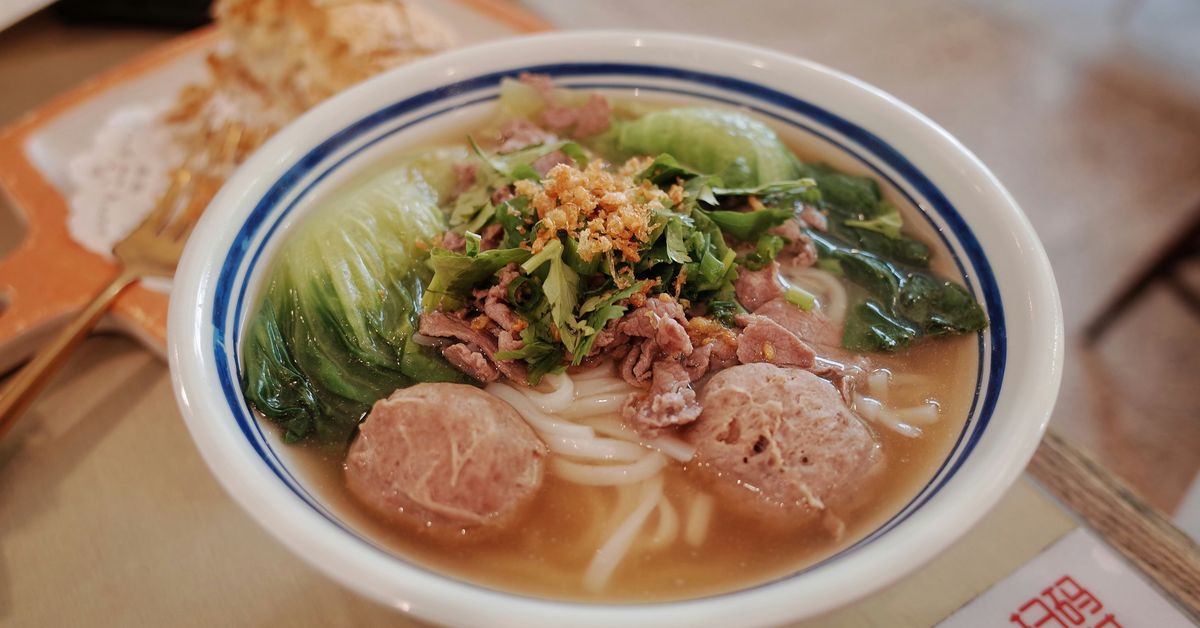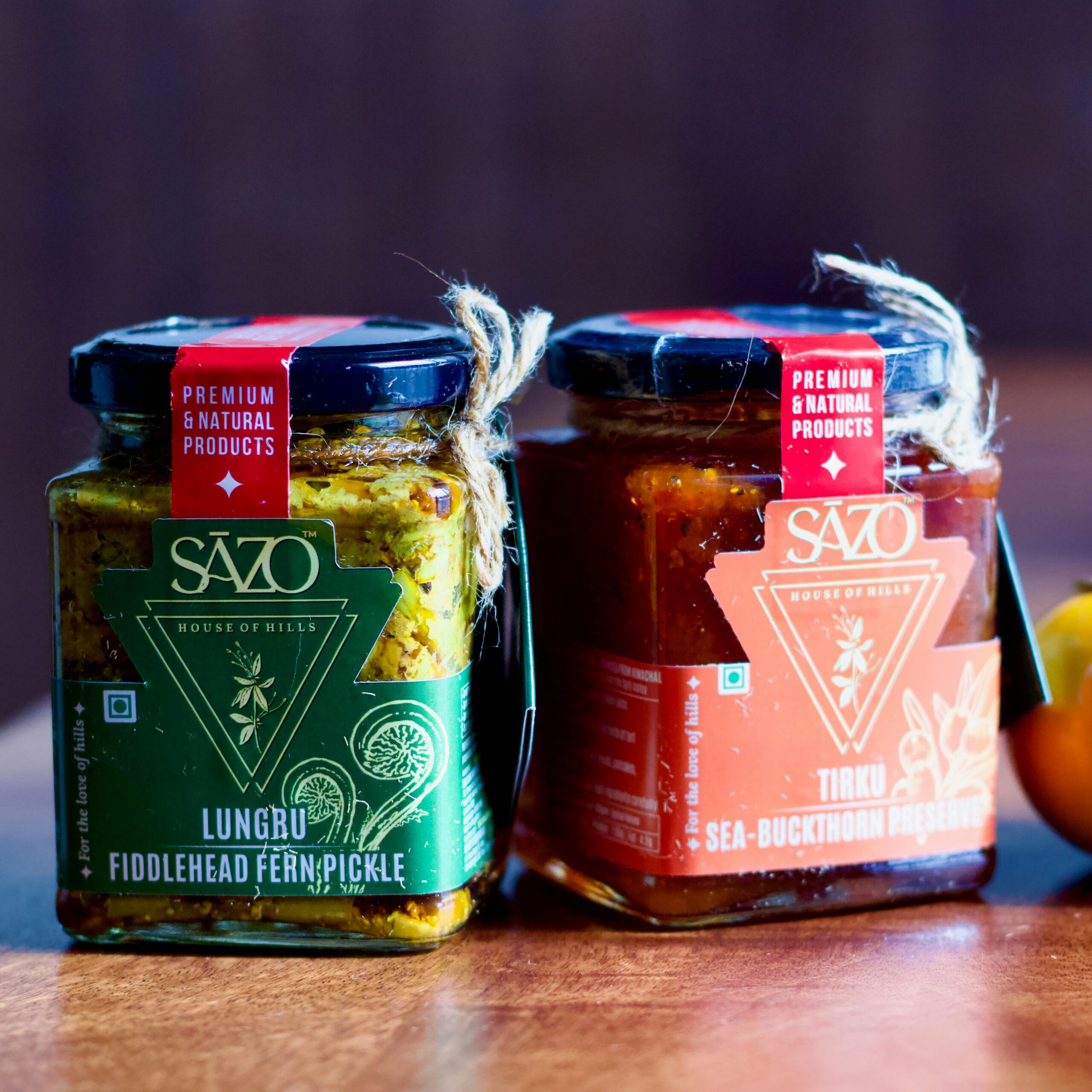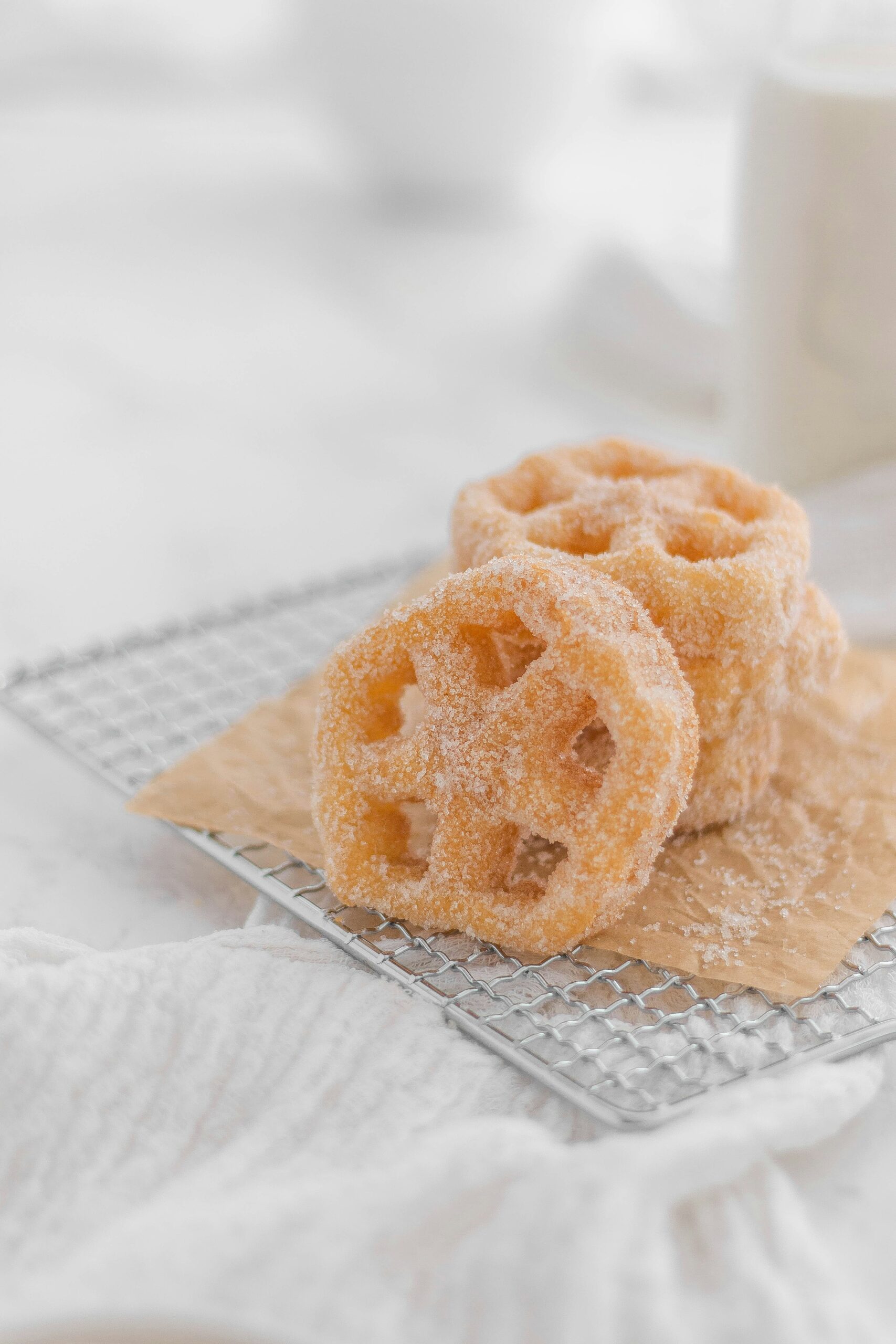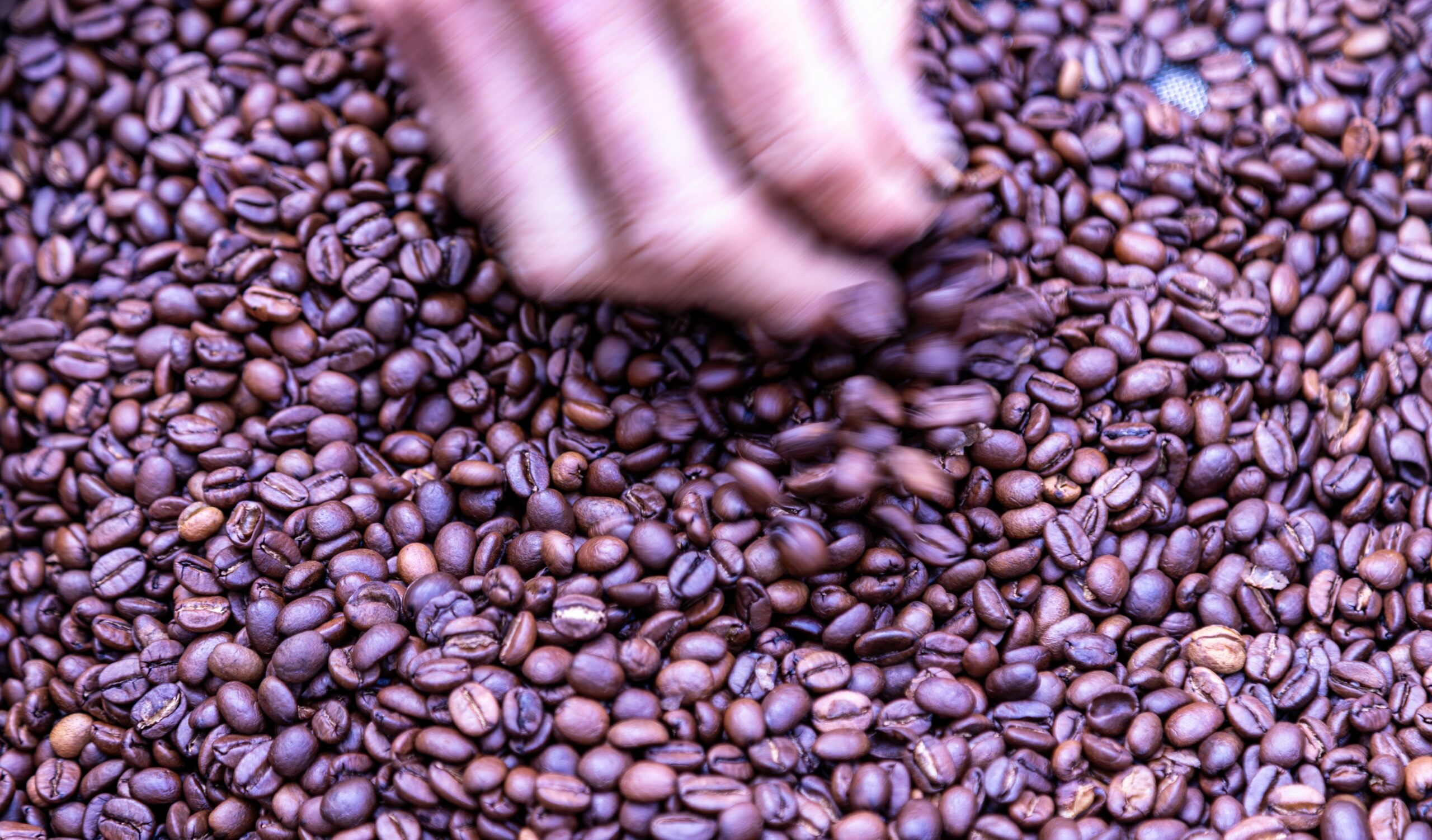Are These Common Gluten-Free Substitutes Actually Healthy? Find Out Now!
In recent years, gluten-free diets have surged in popularity. Whether it’s due to celiac disease, gluten sensitivity, or simply a trendy lifestyle choice, many have turned to gluten-free substitutes. But are these alternatives genuinely healthier, or are we simply swapping one set of concerns for another? Let’s dive into the deep end of the gluten-free pool and uncover the truth about these common substitutes.
The Gluten-Free Movement: A Brief Overview
First off, let’s unravel what gluten actually is. Gluten is a protein found in wheat, barley, and rye. It gives bread its chewy texture and helps it rise. For those with celiac disease, consuming gluten can lead to severe health issues. But even for those without the disease, there is a growing belief that cutting out gluten might improve overall health. I remember when my friend Sarah decided to ditch gluten after reading a health blog—it was as if she had discovered the Holy Grail of nutrition!
However, the gluten-free movement has created a whirlwind of products that claim to be healthier than their gluten-containing counterparts. But, are they? Let’s take a closer look at some of the most common gluten-free substitutes.
1. Gluten-Free Breads
Ah, bread—the staple of many diets. Gluten-free bread has become a household name, but not all gluten-free breads are created equal. Many are made from rice flour, potato starch, or tapioca flour. While these ingredients are gluten-free, they often lack the nutritional punch that whole grain breads provide.
The Nutritional Breakdown
Here’s the kicker: gluten-free breads tend to be lower in fiber and protein. This can lead to a spike in blood sugar levels—something no one wants. Some brands attempt to remedy this by adding in various seeds or nuts, but it’s essential to check the labels. Don’t be fooled by the “gluten-free” label; some loaves can pack in more calories and sugars than traditional bread. I once bought a loaf that tasted like cardboard—never again!
What to Look For
If you’re on the hunt for gluten-free bread, look for options that include whole grains, seeds, and nuts. Ingredients like quinoa, buckwheat, or almond flour can provide additional nutrients and fiber. Reading the nutritional label is crucial; you might find that some gluten-free breads contain hidden sugars or preservatives.
2. Gluten-Free Pasta
Next up, pasta! Oh, how I miss those Sunday dinners filled with spaghetti and meatballs. Fortunately, gluten-free pasta options have exploded in the market. From chickpea to lentil pasta, there’s no shortage of alternatives. But, here’s the million-dollar question: are they healthier?
Chickpea vs. Rice Pasta
Chickpea pasta is higher in protein and fiber compared to traditional rice pasta, making it a more filling option. However, it can also have a distinct flavor that takes some getting used to (I had a friend who thought it tasted like dirt—no offense to chickpeas!). Rice pasta, on the other hand, is often more palatable but lacks the nutritional benefits of its chickpea counterpart.
Balance is Key
When choosing gluten-free pasta, think about balance. Pairing a high-protein pasta with a variety of vegetables and a lean protein source can create a nutritious meal. Just keep an eye on portion sizes; gluten-free doesn’t mean calorie-free!
3. Gluten-Free Snacks
Snacking is an art form, isn’t it? Gluten-free snacks have flooded grocery store aisles, from chips to cookies. But before you dive into that bag of gluten-free potato chips, let’s take a closer look.
The Snack Dilemma
Many gluten-free snacks are made from refined grains or starches, which can lead to empty calories. Sure, those gluten-free cookies might be easy to grab, but they often come loaded with sugars and unhealthy fats. I once had a gluten-free brownie that was so sweet, I thought I might get a cavity just looking at it!
Smart Snacking Strategies
When it comes to snacking, whole foods always win. Think fresh fruits, nuts, or yogurt. If you’re reaching for packaged snacks, opt for those made from whole ingredients. And remember—just because something is labeled gluten-free doesn’t mean it’s healthy. Always check the ingredient list!
4. Gluten-Free Flour
Let’s talk baking! Gluten-free flour has become a go-to for many home cooks. But which flour should you choose? Almond flour, coconut flour, and oat flour are just a few options available, but they each bring their own set of pros and cons.
Almond Flour vs. Coconut Flour
Almond flour is rich in healthy fats and protein, making it a great choice for many recipes. However, it can also be higher in calories. Coconut flour, on the other hand, is lower in calories but requires more liquid in recipes due to its absorbent nature. It’s a delicate dance between health and taste!
Experimentation is Key
Don’t be afraid to experiment with different gluten-free flours. Mixing them can often yield better results. For example, combining almond flour with coconut flour can create a delicious blend that’s nutritious and flavorful. I recall a time I tried to make pancakes with just coconut flour—let’s just say they ended up as more of a science experiment than breakfast!
5. Gluten-Free Beer
For those who enjoy a cold one, gluten-free beer has emerged as a viable alternative. But, is it actually better for you? The answer isn’t as straightforward as one might think.
What’s in Your Brew?
Gluten-free beers are typically made from grains like sorghum, rice, or millet. While they don’t contain gluten, they can still be high in sugars and calories. Some gluten-free beers even use flavoring agents to mimic the taste of traditional beers, which can add unwanted additives. I had a sorghum beer once that tasted like liquid bread—definitely not my favorite drink!
Choosing Wisely
If you’re looking for gluten-free beer, opt for those that are labeled as “gluten-free” rather than “gluten-removed.” The latter can still contain trace amounts of gluten, which can be problematic for those with celiac disease. And as always, moderation is key—no matter what beverage you choose!
6. Gluten-Free Cereals
Breakfast is the most important meal of the day, or so they say! Gluten-free cereals have made a splash, but not all are created equal. Many are loaded with sugars and lack the fiber found in whole grains.
The Sugar Trap
Some gluten-free cereals can be as sugary as candy—no kidding! It’s easy to grab a box that looks healthy, only to find out it’s more akin to dessert than breakfast. I once made the mistake of buying a brightly colored gluten-free cereal that promised “wholesome goodness.” Let’s just say my taste buds were not impressed!
Reading Labels
As with many products, reading labels is essential. Look for cereals that are high in fiber and low in sugar. Options made from whole grains like quinoa or buckwheat can provide a nutritious start to your day. And don’t forget to add some fresh fruit or nuts for an added boost!
7. Gluten-Free Sauces and Condiments
Many sauces and condiments contain gluten as a thickener or stabilizer. Fortunately, there are gluten-free alternatives available. But, do they hold up in terms of health?
The Hidden Ingredients
Some gluten-free sauces can be packed with sugars, preservatives, and other additives. For instance, many store-bought gluten-free soy sauces are made with hydrolyzed soy protein, which can be a red flag for some health-conscious consumers. I once attempted to make a homemade stir-fry using what I thought was a healthy soy sauce, only to find out it was loaded with sodium—yikes!
Homemade is Best
If you’re concerned about what goes into your sauces, consider making your own. Simple recipes for sauces like gluten-free teriyaki or barbecue don’t require much time and can be tailored to your taste preferences. Plus, you’ll know exactly what’s in them!
8. The Gluten-Free Lifestyle: Is it Worth It?
So, are all these gluten-free substitutes healthier? The answer really depends on the individual and their dietary needs. For some, going gluten-free can lead to improved digestion and overall health. For others, it may simply be a dietary trend that doesn’t offer any significant benefits.
Consider Your Goals
Before diving into a gluten-free lifestyle, consider your personal health goals and dietary needs. If you’re doing it for health reasons, working with a nutritionist can help you navigate the various substitutes and ensure you’re getting the nutrients you need. I often think back to when I first tried to go gluten-free—it was a learning curve, to say the least!
In Conclusion
Gluten-free substitutes can offer a variety of options for those looking to reduce or eliminate gluten from their diets. However, as with any dietary choice, it’s crucial to approach it with mindfulness. Not all gluten-free products are healthier; in fact, some can be quite the opposite. Being aware of what you’re putting into your body is key. So, whether you’re gluten-free by necessity or choice, just remember: healthy eating is about balance, moderation, and making informed choices.
So, what’s your take? Are you team gluten-free, or do you think it’s all just a fad? Whichever side you find yourself on, the most important thing is to keep informed and make choices that align with your health goals. After all, life is too short for bad bread!




